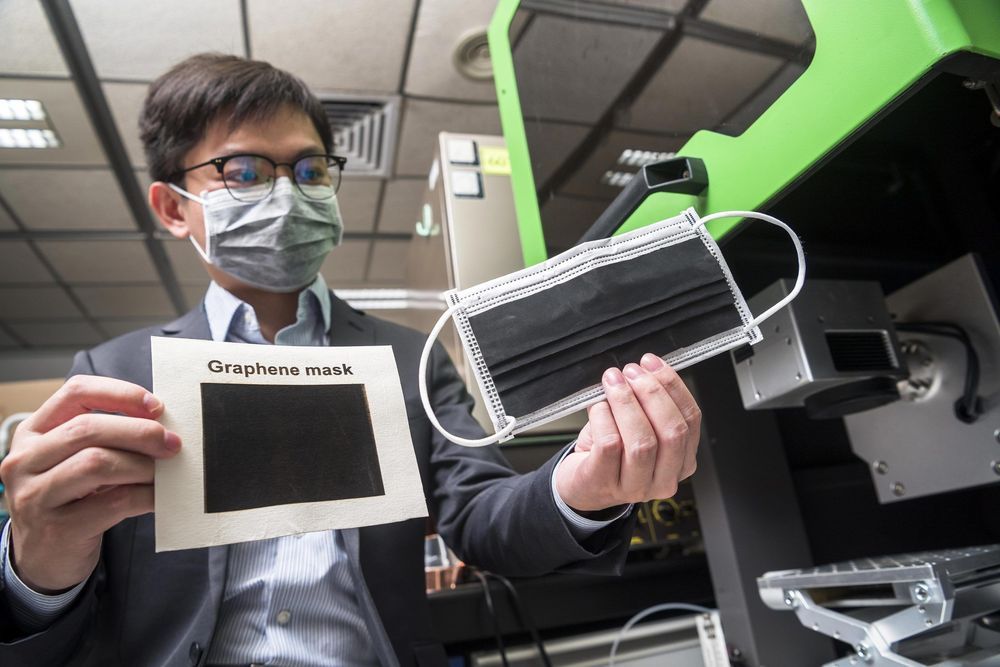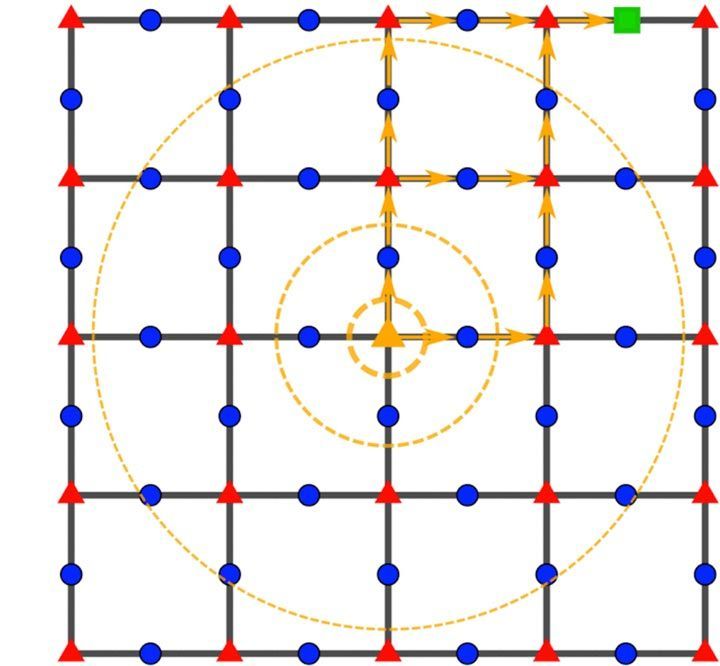The blob is neither animal, plant, nor fungus. The remarkable species can find and digest food, form together with others, and pass on knowledge.
Get the latest international news and world events from around the world.


New Graphene Face Masks Offer Very High Anti-bacterial Efficiency, Deactivation of Coronaviruses
Anti-bacterial efficiency close to 100% under 10-min sunlight and promising results in deactivation of coronaviruses.
Face masks have become an important tool in fighting against the COVID-19 pandemic. However, improper use or disposal of masks may lead to “secondary transmission.” A research team from City University of Hong Kong (CityU) has successfully produced graphene masks with an anti-bacterial efficiency of 80%, which can be enhanced to almost 100% with exposure to sunlight for around 10 minutes. Initial tests also showed very promising results in the deactivation of two species of coronaviruses. The graphene masks are easily produced at low cost, and can help to resolve the problems of sourcing raw materials and disposing of non-biodegradable masks.
The research is conducted by Dr. Ye Ruquan, Assistant Professor from CityU’s Department of Chemistry, in collaboration with other researchers. The findings were published in the scientific journal ACS Nano, titled “Self-Reporting and Photothermally Enhanced Rapid Bacterial Killing on a Laser-Induced Graphene Mask.”

Quantum Leap for Speed Limit Bounds: How Fast Can Anything – Information, Mass, Energy – Move in Nature?
Rice physicists set far-more-accurate limits on speed of quantum information.
Nature’s speed limits aren’t posted on road signs, but Rice University physicists have discovered a new way to deduce them that is better — infinitely better, in some cases — than previous methods.
“The big question is, ‘How fast can anything — information, mass, energy — move in nature?’” said Kaden Hazzard, a theoretical quantum physicist at Rice. “It turns out that if somebody hands you a material, it is incredibly difficult, in general, to answer the question.”

Spin-Based Quantum Computing Breakthrough: Physicists Achieve Tunable Spin Wave Excitation
Physicists from MIPT and the Russian Quantum Center, joined by colleagues from Saratov State University and Michigan Technological University, have demonstrated new methods for controlling spin waves in nanostructured bismuth iron garnet films via short laser pulses. Presented in Nano Letters, the solution has potential for applications in energy-efficient information transfer and spin-based quantum computing.
A particle’s spin is its intrinsic angular momentum, which always has a direction. In magnetized materials, the spins all point in one direction. A local disruption of this magnetic order is accompanied by the propagation of spin waves, whose quanta are known as magnons.
Unlike the electrical current, spin wave propagation does not involve a transfer of matter. As a result, using magnons rather than electrons to transmit information leads to much smaller thermal losses. Data can be encoded in the phase or amplitude of a spin wave and processed via wave interference or nonlinear effects.
Turns Out There’s Another Ocean Creature That Scares The Hell Out of Great White Sharks
O,.o.
Just when you think orcas couldn’t possible be any more awesome, they get even better. A study in 2019 showed these whales are really good at scaring off the most feared beast in the sea. Yep. Orcas have toppled the great white shark off their ‘apex predator’ throne.
A team of marine scientists found that great white sharks (Carcharodon carcharias) will make themselves extremely scarce whenever they detect the presence of orcas (Orcinus orca).
“When confronted by orcas, white sharks will immediately vacate their preferred hunting ground and will not return for up to a year, even though the orcas are only passing through,” said marine ecologist Salvador Jorgensen of Monterey Bay Aquarium.

Officials: Iran weighs plot to kill U.S. ambassador to South Africa
The Islamic Republic is still looking to avenge the death of Qassem Soleimani, officials said.
Meet This Year’s WIRED25: People Who Are Making Things Better
When Sartre said hell is other people, he wasn’t living through 2020. Right now, other people are the only thing between us and species collapse. Not just the people we occasionally encounter behind fugly masks—but the experts and innovators out in the world, leading the way. The 17-year-old hacker building his own coronavirus tracker. The Google AI wonk un-coding machine bias. A former IT guy helping his community thwart surveillance. There are people everywhere, in and out … See More.
The scientists, technologists, artists, and chefs who are standing between us and species collapse.
Russian Rocket Launch to Space Station
#SpaceExploration
Earth has more than 1 moon!!
#SpaceExploration